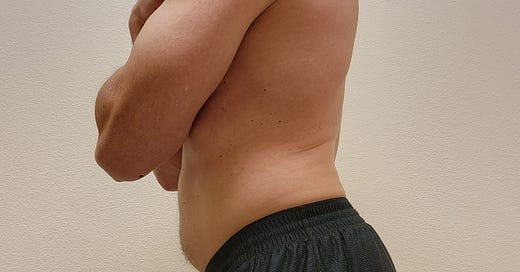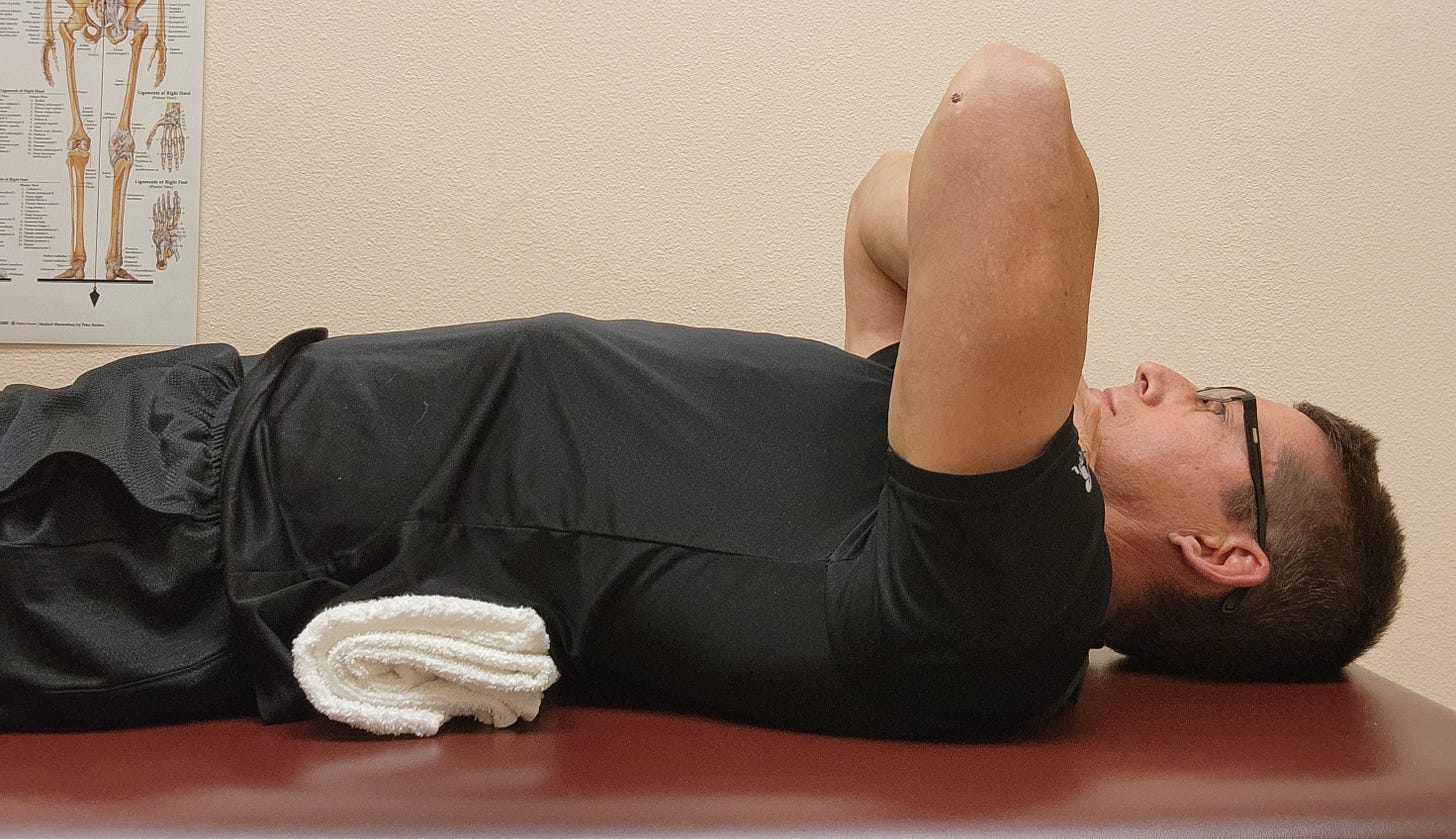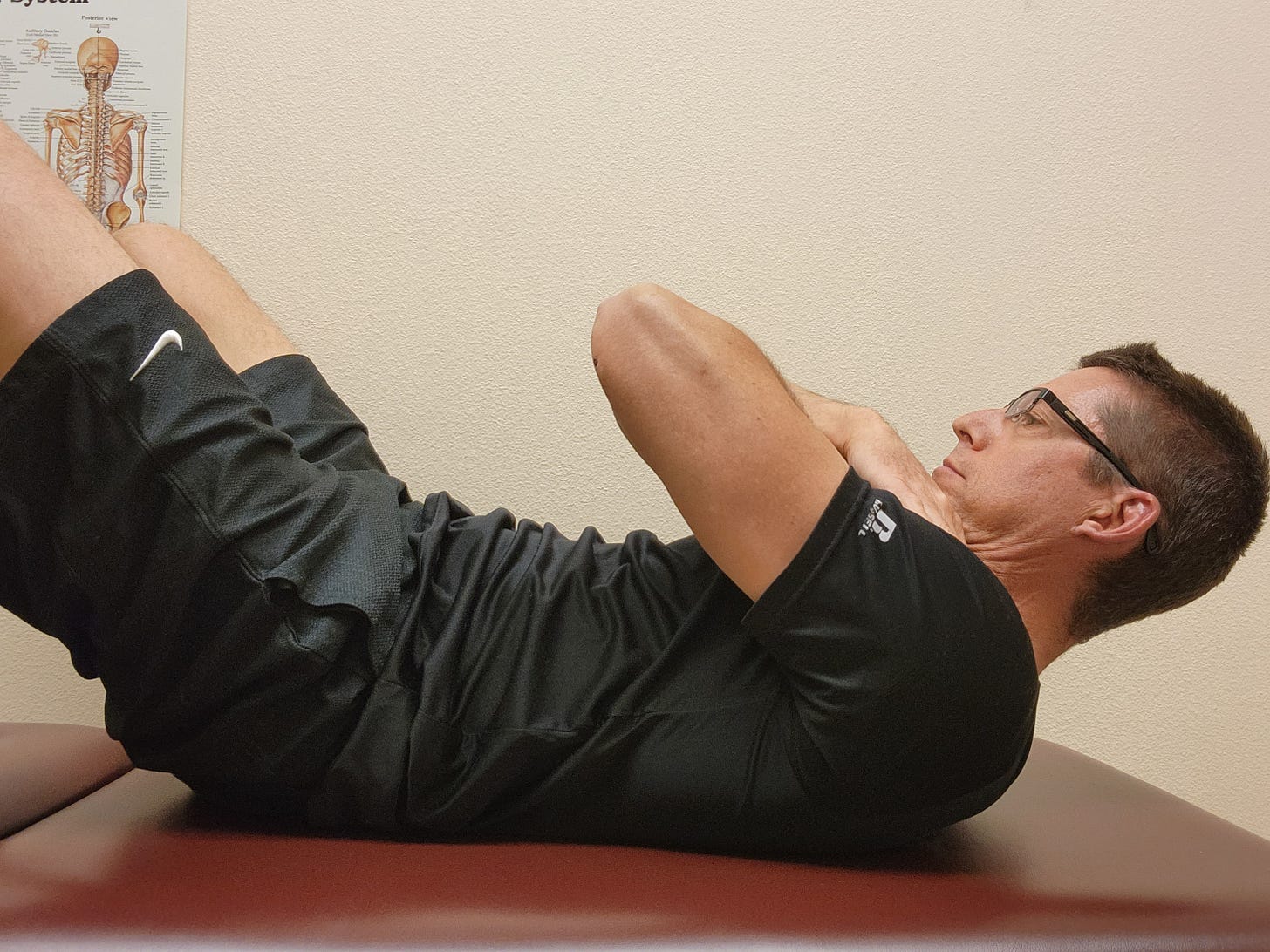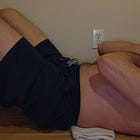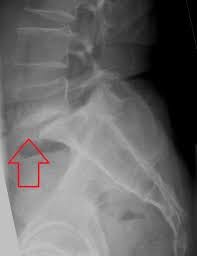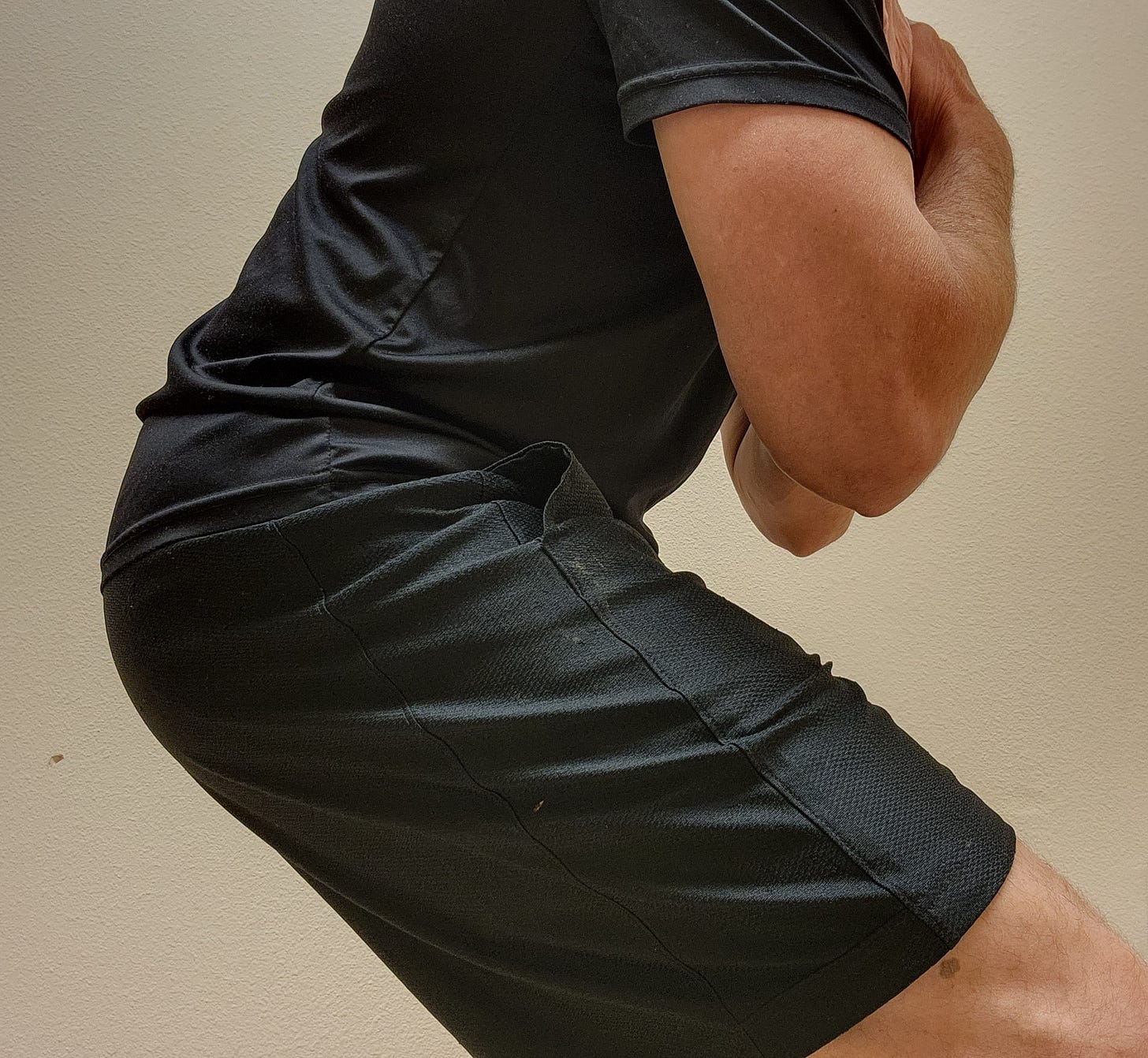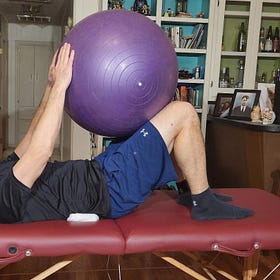Anterior pelvic tilt
This is not medical advice.
I keep seeing this new narrative on the internet that people need to correct their anterior pelvic tilt, and that it is bad for you.
Having an anterior pelvic tilt is not necessarily a bad thing, especially in the absence of any problems. Some of our tilt is part of the spine’s natural protective curves, and is usually associated with increased lumbar lordosis pictured above. Lifting objects with some anterior tilt helps focus the lifting to the hip and leg muscles, protecting the back.
First we should define what an anterior pelvic tilt is, and it’s easiest with pictures.
Judging who has what tilt can be extremely subjective, and a tilt may not be a problem, especially in the absence of pain. No one will be perfect. Striving for a neutral position may be beneficial for back health, and injury prevention, but we don’t want to obsess over it.
Height
Height is largely genetic. I do see people later in life who are shorter. Some are from a posterior tilt, rounded and painful back posture, or degenerative back arthritis.
Posture when seated
An anterior tilt while sitting allows us to sit up straighter. Too much posterior tilt causes us to slouch. A lumbar roll in a chair or vehicle will increase anterior tilt, so if you are concerned, you can decrease or not use one. We can sit with a neutral tilt without leaning, and that will improve our postural muscle endurance.
Measuring tilt
I personally have not seen tilt measured by degrees on x-ray unless there is severe scoliosis, or deformation of the spine.
Most of us are going to have a slight tilt forward or backward, and may not present with any problems.
If someone is having low back pain possibly associated with a tilt, I have them try both postures. We will then perform gentle pain free core stabilization exercises in a neutral, or pain free spine position.
A severe anterior tilt can lead to spondylolisthesis, where vertebre are sliding forward on each other. That is a long term process, rarely sudden.
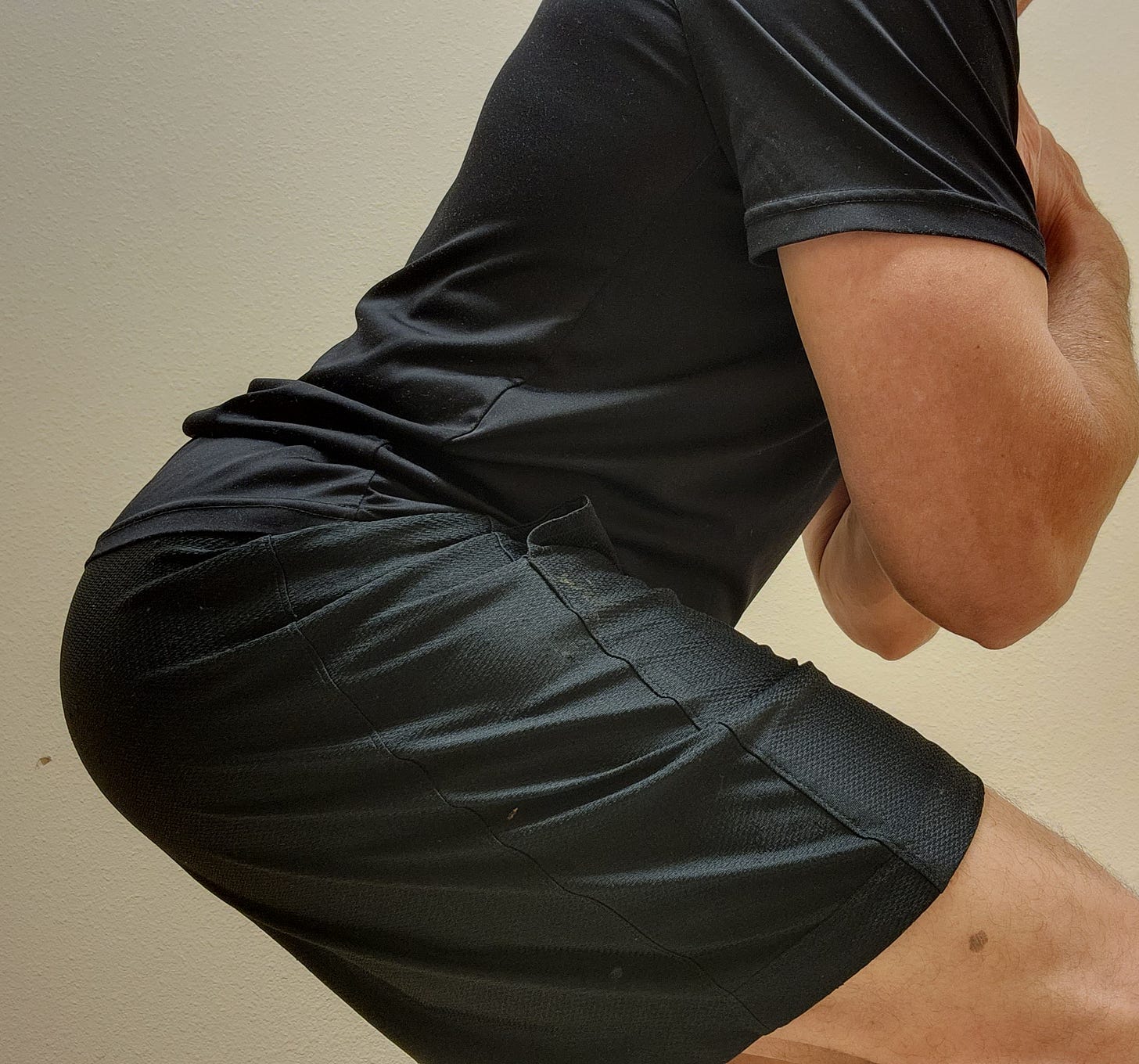
Heavy weightlifting without regard for back stabilization could in theory make that worse, however, there are many cases of this in sedentary people. It’s more likely that exercise is of greater benefit than the risks.
People should not focus on that fear, and instead work on a back stabilization program.
Exercises to decrease back pain
This is not medical advice. Consult your doctor and therapist before attempting any of these exercises. There should be no increase in back pain while performing these exercises. If there is an increase in back pain, stop immediately. Slow speed and perfect form are critical.

